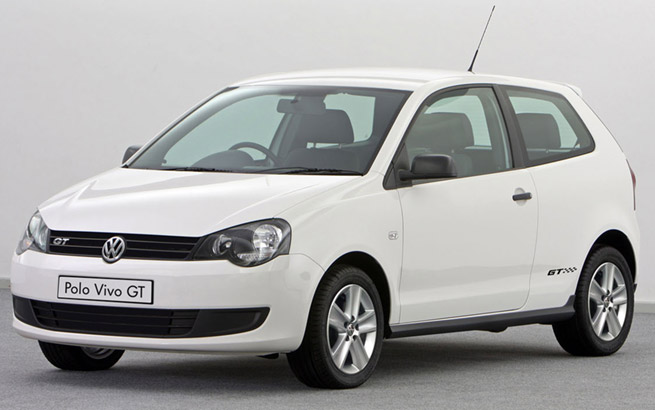Buying a car is a big investment. It’s always good to remember that whilst you may save yourself a good chunk of cash by buying a used car, they also have their drawbacks, and you need to make sure you aren’t buying a lemon.
1. Who are you buying the car from?
Sure, you responded to an advert for a used car on a website, but more than that, is this person selling the car in their private capacity or is the car for sale by a dealership? How trustworthy is this person or dealership?
2. Are all of the documents in order?
The more information you have on the car, the better. A good seller will have a service book with a full service history of the car, with as much detail as what parts were replaced and who they were replaced by. This kind of information may prove invaluable later on.
3. Has the car been in an accident?
Most cars have endured the odd ‘bumper-bashing’ but the extent of the damage is what makes all the difference.
4. What condition is the car in?
More than what the service book may lead you to believe, has the car been taken care of? The owner may have fulfilled all of the mandatory services, but neglected other issues:
– Examine the tread on the tyres
– Look for fluid leaks underneath the car
– Look for rust in the hinges of the doors.
5. Test drive the car
One of the best ways to make sure a car is in good working order is to test it on the highway. Only at speeds of around 100km will you notice strange noises, front end shake and when the wheel alignment is out.
6. Get a second opinion
Ideally you would want to take an independent mechanic with you when viewing the car, just to get an informed opinion.
7. Get an insurance quote
You might be very sad to find out that your car is considered a high-risk car and your monthly premiums are exorbitant, but hopefully this isn’t the case. It’s more likely that your premiums will be lower because the car has a bit more mileage on it.
8. Research the model
Spend some time reading reviews and researching your chosen car to ensure that you aren’t surprised when your ‘new’ car needs a new cambelt fitted on its 120 000km service.
9. Maintenance and service plans are not exclusive to new cars.
If your chosen car has relatively low mileage, it’s likely that it is still within its service plan (if the previous owner bought one for the car). This big pro should be enough to sway you if you are still unsure if this car is ‘the one’.
10. Make sure the price is right.
Generally you manage to save some money by buying a used car, but that doesn’t go to say you should accept the asking price. Firstly make 100% sure that the price is at least within the same range as other second hand cars of the same make and model.
Once you have had a real inspection of the car you can use any defects and damage to your advantage to lower the asking price.
Now that you know what you need to know about buying used cars, best you start looking!











